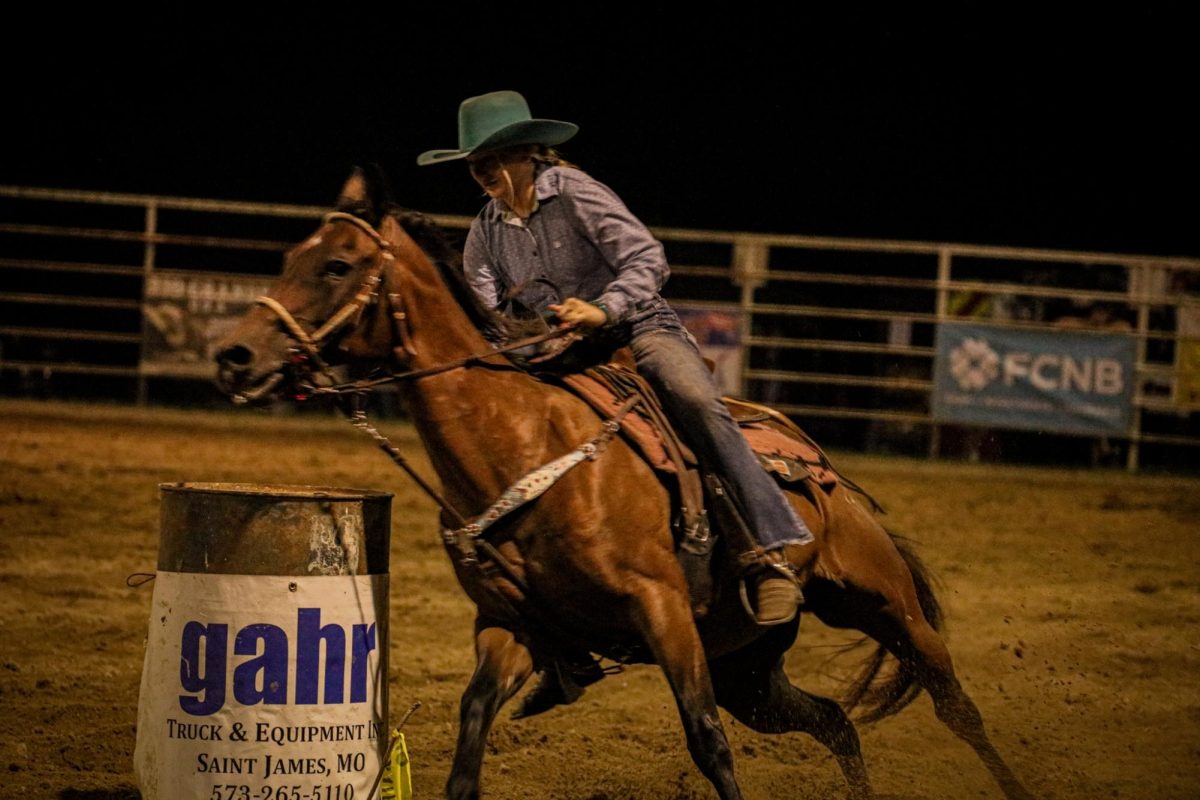Have you ever had such a rigorous workout that walking up the stairs the next day is a nightmare? Have you ever been working out and gotten the notoriously painful Charlie Horse? Have you ever pulled or torn a muscle during or after a workout? These are all signs of over-training.
“Over-training, or over-exerting yourself, is taking your body beyond what it’s meant to do,” local sports therapist, Casey Robertson said.
Although it is dangerous, it is often ignored and also quite common here, at Rolla High School. Many athletes just continue to work, causing more severe injuries to occur, such as tendinitis, muscle tears, etc.
“[Over-training] is very common in athletes, especially marathon runners or people that need to run or do activity for an extended period of time,” Robertson said.
Marathon running is not something that most people would claim to do, nor is it a sport here in Rolla, but this can be applied to the cross country team and long-distance running in track. When attending a track or cross country meet, one can often see more than one person limping around on crutches, and almost certainly someone in the race will be joining them before the day is over.
As for signs of when to stop or when you’ve pushed it too hard, “everybody is different. The majority of the time, what I look for, is the difference between soreness and pain,” Robertson said.
If the normal soreness turns into pain, especially sharp pain, it is “the obvious sign that you need to stop [the exercise],” Robertson said.
Coaches advise that you stretch before your sport, claiming that it will greatly reduce the risk of being injured. However, Robertson suggests something a bit different.
“You don’t necessarily need to stretch beforehand, but you need a good warm-up, and dynamic stretching. It shows a lot more benefits than just normal stretching,” Robertson said.
Dynamic stretching is, “moving around in an area, performing stretches,” Robertson said. It isn’t the same as static stretching – just standing still and bending down to touch your toes – because it gains blood flow to your muscles faster. For example, a good dynamic stretch would be jumping jacks, because it gets your whole body moving, while also stretching important areas such as your upper torso, and groin.
It is important to remember to take these simple precautionary steps in order to prevent injury to your body, and remember, you aren’t being paid; don’t destroy your body.








